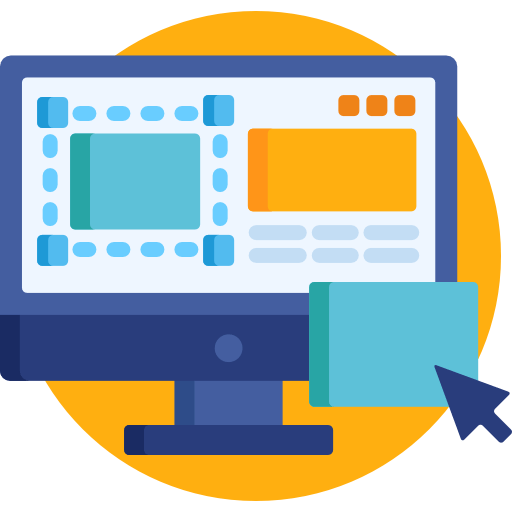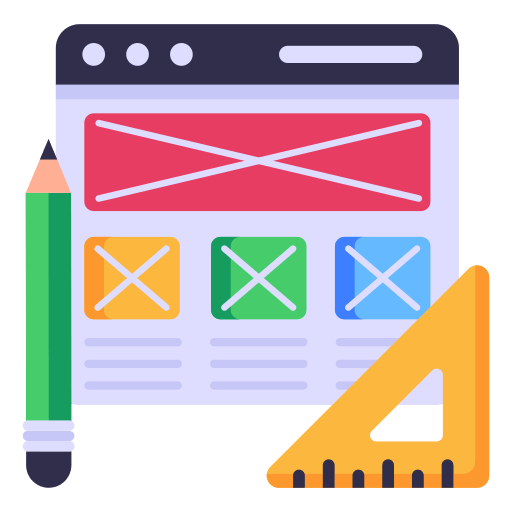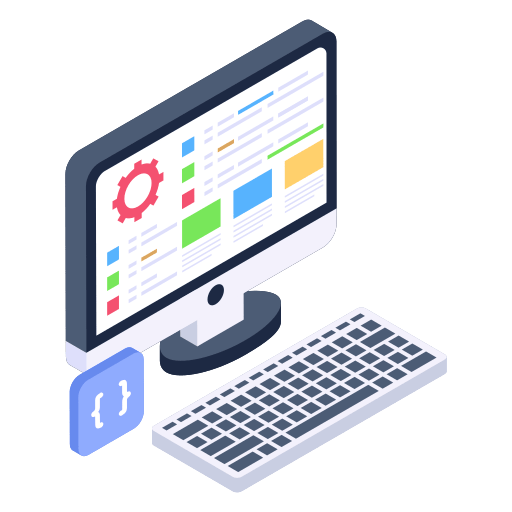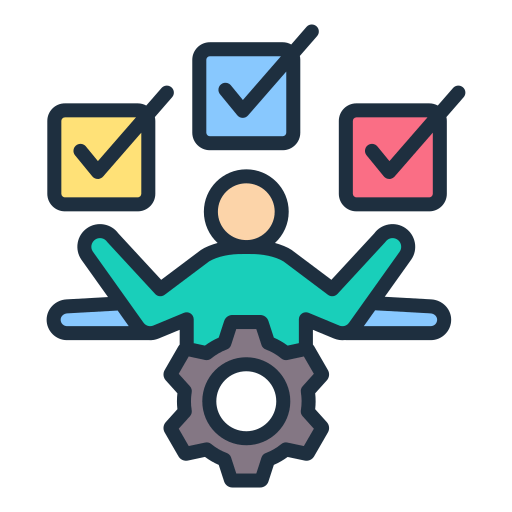















Creating detailed user personas based on research to understand the target audience’s needs, goals, and behaviors.
Visualizing the user’s experience from start to finish to identify pain points and opportunities for improvement.
Analyzing competitors’ UX/UI to benchmark and differentiate your product.
Conducting interviews and surveys to gather insights directly from users.
Assessing the current design for usability issues based on established UX principles.


Organizing content and pages into a clear, logical structure to guide users through the product.
Designing intuitive navigation systems that allow users to easily find the information they need.
Developing a content strategy that aligns with user needs and business goals.
Creating low-fidelity wireframes to outline the layout and structure of each screen.
Defining a classification system for organizing content, ensuring consistency across the platform.
Building interactive prototypes that simulate the user experience and allow for user testing and feedback.
Designing subtle interactions, such as button animations or hover effects, that enhance the user experience.
Implementing visual and audio cues to guide users and provide feedback on their actions.
Incorporating animations and transitions to create a smooth and engaging user experience.
Designing buttons, forms, sliders, and other interactive elements that are easy to use and visually appealing.


Creating visually appealing interfaces that align with your brand’s identity and appeal to the target audience.
Ensuring the interface is fully optimized for different devices, including desktops, tablets, and smartphones.
Selecting appropriate fonts and establishing a visual hierarchy to enhance readability and user engagement.
Developing a color palette that reflects your brand and improves usability by guiding user actions.
Designing or selecting icons that are clear, consistent, and align with the overall visual language of the product.
Defining objectives, metrics, and methodologies for usability testing sessions.
Conducting usability tests with real users to gather insights on how they interact with the product.
Comparing different versions of a design to see which one performs better in terms of user experience.
Observing users as they complete tasks to identify usability issues and areas for improvement.
Analyzing test results and providing actionable insights and recommendations for design improvements.


Creating a comprehensive design system that includes components, patterns, and guidelines for consistent UI design.
Developing a style guide that outlines visual and interaction guidelines for your product.
Building reusable components such as buttons, forms, and cards to ensure consistency across the product.
Providing thorough documentation to guide designers and developers in implementing the design system.
Maintaining and updating the design system and style guide as the product evolves.
Ensuring the design meets Web Content Accessibility Guidelines (WCAG) to make the product accessible to all users, including those with disabilities.
Designing interfaces that are compatible with screen readers for visually impaired users.
Ensuring that all interactive elements can be accessed and used via keyboard.
Applying appropriate color contrast to ensure text and interactive elements are easily readable.
Creating designs that are usable and accessible to a diverse range of users, considering various disabilities and limitations.


Prioritizing the mobile experience by designing for small screens first and scaling up to larger devices.
Creating user-friendly and visually appealing interfaces for mobile apps on iOS and Android platforms.
Designing intuitive gesture controls for a seamless mobile user experience.
Ensuring the mobile design is optimized for fast load times and smooth interactions.
Designing an attractive app icon and splash screen that make a strong first impression.
Ensuring a seamless and consistent user experience across various devices and platforms.
Designing interfaces that adapt to different screen sizes and resolutions without compromising user experience.
Tailoring designs to align with the conventions and best practices of each platform (e.g., iOS vs. Android).
Leveraging cloud-based design tools to collaborate across teams and platforms effectively.
Ensuring the design is functional and visually consistent across all major web browsers.


Continuously monitoring user behavior and feedback to identify areas for improvement.
Making ongoing design improvements based on user feedback and evolving business goals.
Providing ongoing support for updates, bug fixes, and design enhancements.
Integrating analytics tools to track user interactions and gather data-driven insights for future improvements.
Establishing feedback mechanisms to continuously gather user input and refine the design.

Ideal for startups or small projects needing foundational UI/UX design services.

Designed for mid-sized businesses or apps requiring a detailed and comprehensive approach to UI/UX.

Suitable for large-scale applications or companies looking for in-depth UI/UX design involving complex systems
Detailed review and recommendations for improving existing user interfaces.
Tailored workshops for teams on best practices in UI/UX design.
Ensuring that the design meets all accessibility standards to cater to all user groups.

Discovery and Research

Wireframing

Design & Prototyping

Handoff and Collaboration

+8801715756727
info@innovativeitpoint.com
Dhaka, Bangladesh.